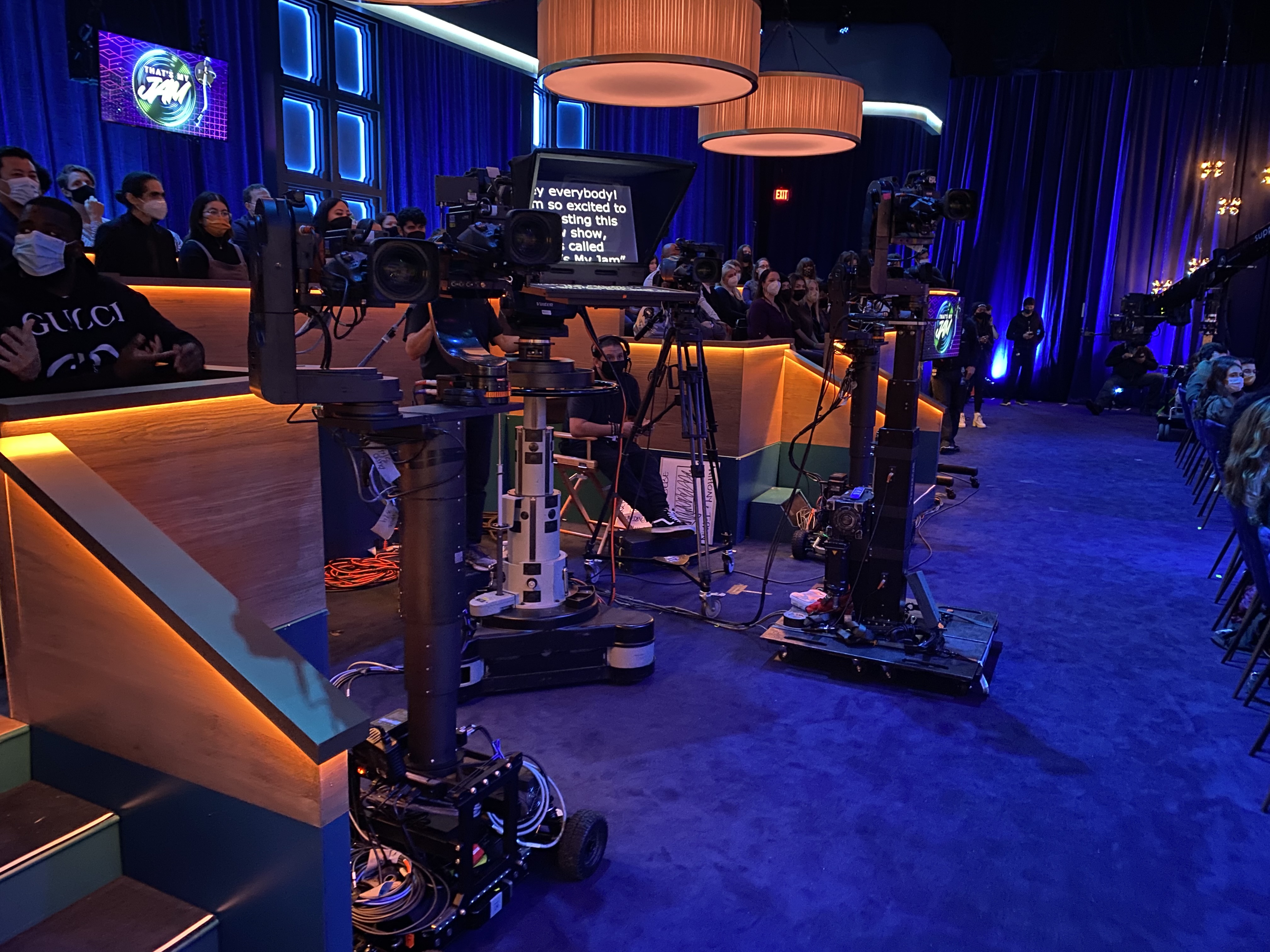Centris researcher rejects assertions of flaws in new DTV coverage study
Barry Goodstadt, senior VP of research firm Centris, is standing firm on his contention that millions of Americans who rely on over-the-air (OTA) broadcasts could lose channels they’re used to seeing after the DTV transition despite criticism from a pair of broadcast heavyweights of a study on the matter that he helped to author.
On Feb. 12, Centris released a study claiming that adequate consideration had not been given to the use of indoor antennas by those responsible for the DTV transition. The result, the study claimed, is that there will be little continuous coverage by DTV signals beyond 35mi of most broadcast transmission towers.
The next day, FCC Chairman Kevin Martin addressed the claim during a hearing of the House Telecommunications & Internet Subcommittee, saying that commission engineers had found flaws in the Centris study and that for the most part, OTA viewers will continue to receive the same channels via digital transmission that they’re currently watching via analog broadcast.
The Association for Maximum Service Television (MSTV) also found fault with the Centris study. In a statement dated Feb. 12, MSTV president David Donovan said the study “is misleading and does not provide a realistic assessment of DTV coverage.”
Among the objections Donovan raised were:
- the study relied on “paper analysis” of the CEA’s antennaweb.com Web site rather than signal strength measurements from the field;
- the study based its findings on the use of “small” and “medium” omnidirectional outdoor antennas, but the CEA site recommends that homes 30mi or more from a broadcast tower may need “larger, perhaps amplified antennas;
- the study didn’t provide an analysis comparing post-transition DTV reception to current analog reception;
- the study’s assertion that viewers beyond the 30mi radius of broadcast towers is “simply wrong” because they are doing so today.
Despite the onslaught, Goodstadt remains resolute in the study’s assertions. “Oded Bendov from Dielectric Corp. has done field studies looking at the FCC’s models and the Longley-Rice model and comparing them to actual field measurements,” Goodstadt said. “The FCC’s models overstate coverage…The model we used is a modified Longley-Rice model that takes into account receiving antenna sensitivity. The FCC’s do not.”
When it comes to consumer antennas in use, the researcher said the study’s assumptions were conservative. Centris based its findings on the assumption that viewers had small or medium-size omnidirectional antennas when in fact the firm shows 75 percent to 83 percent actually use indoor, set-top antennas. Only 10 percent rely on omnidirectional antennas and another 10 percent use directional antennas.
The professional video industry's #1 source for news, trends and product and tech information. Sign up below.
“What this means is if we are only partially right, there’s a significant problem,” Goodstadt said.
In terms of a direct comparison, the study did in fact look at analog and DTV channel reception for a given area, the researcher said. “When you take a place and look at coverage it was going to get we ran it, analog and digital, and digital got fewer stations,” he said.
The MSTV’s point about real-world experience with DTV reception beyond 30mi from a broadcast tower may be accurate, Goodstadt said, but perhaps not without installing an enhanced antenna.
“I think all of us want the public to have a smooth transition, and I have just been concerned that the government has not been putting out the complete message. The full message has to include the antenna. Just tell people you may have to invest in an antenna. That is the point,” Goodstadt said.
